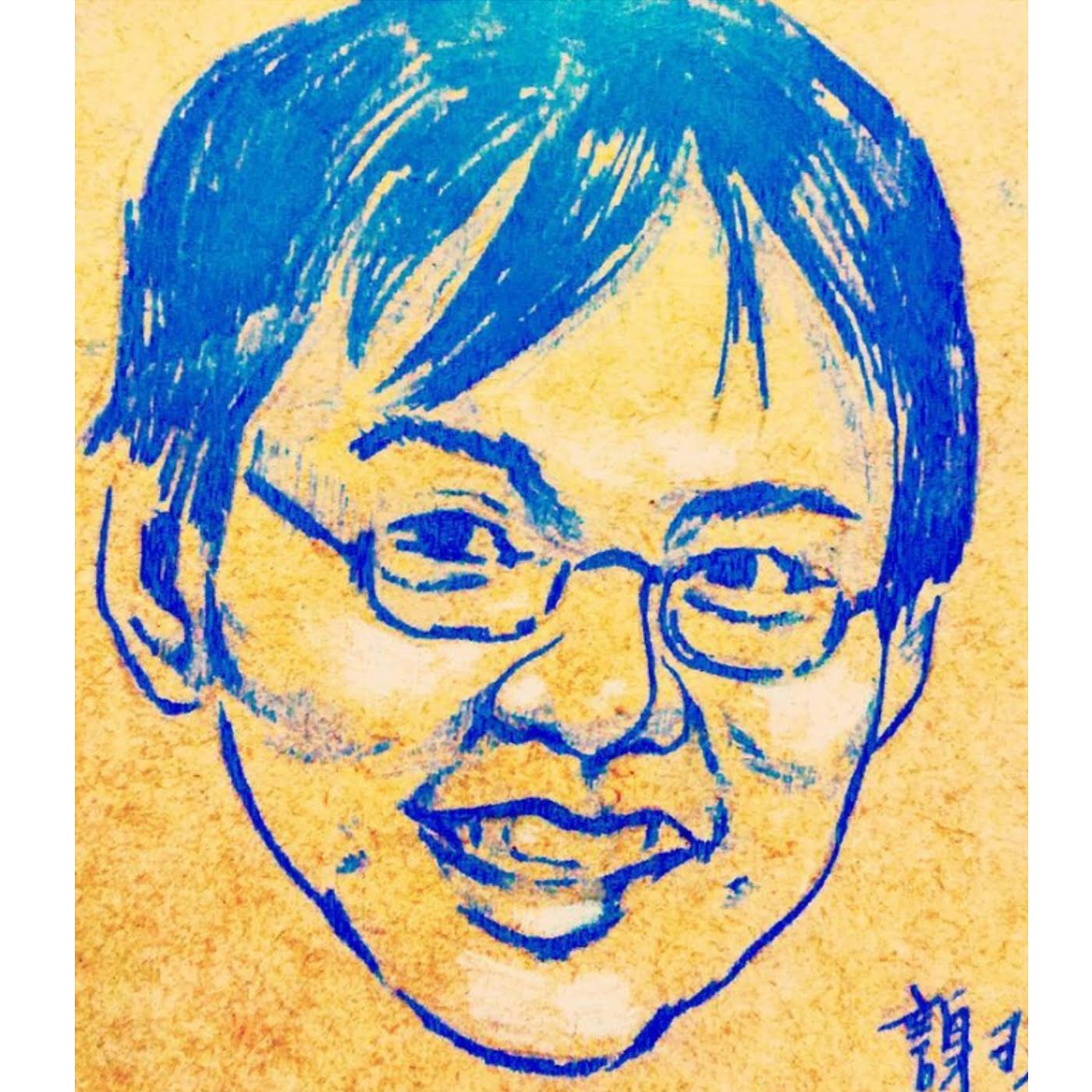About 橋
 I am currently a program-specific assistant professor at Graduate School of Informatics in Kyoto University.
Currently, I am doing research in Computer Software Group
and specifically working with Prof. Suenaga and Prof. Waga under the CyPhAI project.
I am currently a program-specific assistant professor at Graduate School of Informatics in Kyoto University.
Currently, I am doing research in Computer Software Group
and specifically working with Prof. Suenaga and Prof. Waga under the CyPhAI project.
I received my doctoral degree from CS @ Illinois, completed my thesis with my advisor Prof. Sayan Mitra in Reliable Autonomy Group in Programming Languages, Formal Methods, and Software Engineering (PL/FM/SE) area and worked as a graduate research assistant at Information Trust Institute.
Before joining CS @ Illinois, I worked under Prof. Yu-Fang Chen and Prof. Bow-Yaw Wang as a research assistant in Institute of Information Science in Academia Sinica. At the same time, I obtained my master’s degree with Prof. Farn Wang at Graduate Institute of Electronics Engineering in Nation Taiwan University.
I finished my undergrad at Department of Electrical Engineering in NTU. For my entire senior year, I had the chance to learn about hardware verification with Dr. Jason Chou and Prof. Ric Huang. I was then exposed to formal methods for the first time and saw their applications in Electronic Design Automation.
I was born in Taiwan and learned to code in my junior high school. My first programming languages are Visual Basic and C/C++. I remember my first ever programming project is to find solutions to the 5x5 LightsOut puzzle.
Services and Volunteering
- Artifact Evaluation Committee in ATVA 2025
- Artifact Evaluation Committee in SPIN 2025
- Reviewer for Fast Abstracts Programs in ISSRE 2024
- Student Volunteer in FLoC 2022
- Artifact Evaluation Committee in ECOOP 2022 (Best Reviewer Award)
- Graduate Mentor in PURE program in Fall 2018
- Student Volunteer in ASE 2017
Fun facts about my name
The two Chinese characters in my name are simple and common words, and kids in Chinese-speaking countries will recognize them even before entering elementary schools. The two characters however may be written, pronounced, and interpreted differently under different languages, regions, and contexts. As a computer science researcher that also has to learn about electrical engineering and mechanical engineering, I found these facts interesting as it mentally matches the root causes of bugs in programming such as ambiguous language semantics, nondeterministic behaviors depending on context/environment, and most frustrating of all, different conventions in different communities.
Syntax
For native speakers of English or other phonetic languages, it is crucial to first understand that the combination of written English/Latin alphabets, i.e. syllables, can help pronounce a word almost all the time. This however does not work well for Chinese. From a historical perspective, the theory I like is that there were many tribes/countries with their speaking systems developed independently in ancient mainland China. The written Chinese characters were however standardized after the first dynasty conquered most other tribes/countries. To unify the language for governing, the writing system is designed to associate with the semantics of words and sentences, and it is not as important to match different existing speaking systems with writing. As a result, different speaking systems do not match the writing well and become dialects we see in modern Chinese. There are also historical reasons as to why Japaneses Kanji and Chinese share so many characters. Unsurprisingly, the pronunciations of Japanese Kanji are also quite different from how the same characters are pronounced in Chinese.
Here I will list my names in languages and dialects I am familiar with.
How my name may be written
正體中文(Traditional Chinese): 謝橋
English: Hsieh, Chiao
简体中文(Simplified Chinese): 谢桥
日本語漢字(Japanese Kanji): 謝橋
How my name may be pronounced or spelled
國語/普通话/华语 (Standard Mandarin Chinese)
注音(Zhuyin): ㄒㄧㄝˋ ㄑㄧㄠˊ
漢語拼音(Pinyin): Xiè Qiáo
臺灣話/閩南語 (Taiwanese Hokkien)
日本語 (Japanese)
音読み(On’yomi): シャ キョウ1
カタカナ表記(Katakana): シェ チャオ2
1This is the existing pronunciations of 謝 and 橋 as Japanese Kanji.
2This is using Japanese katakana to mimic/spell the pronunciation of 謝橋 in Mandarin. This is currently the official way to spell names for all foreigners visiting Japan including people with Chinese names.
I was told several times that my given name 橋 sounds almost identical to a common Italian word Ciao which can serve as both hello and goodbye.
Semantics
How characters in my name may be interpreted in different contexts
Chinese to English by Google Translate
- 謝: 謝謝 → thanks, 感謝 → appreciate, 凋謝 → wither, 謝罪 → apologize, 謝絕 → decline, politely refuse, 新陳代謝 → metabolism
- 橋: 橋 → bridge, 橋接器 → bridge (as the networking device in Computer Network)
Japanese to English by Google Translate
- 謝: 謝る(あやまる) → apologize, 感謝(かんしゃ) → appreciate, 謝絕(しゃぜつ) → decline, politely refuse, 新陳代謝(しんちんたいしゃ) → metabolism
- 橋: 橋(はし) → bridge
Appearance in Ancient Chinese Poems
小令尊前見玉簫。銀燈一曲太妖嬈。歌中醉倒誰能恨,唱罷歸來酒未消。 春悄悄,夜迢迢。碧雲天共楚宮遙。夢魂慣得無拘檢,又踏楊花過謝橋。 —— 晏幾道《鷓鴣天》
誰翻樂府淒涼曲?風也蕭蕭,雨也蕭蕭,瘦盡燈花又一宵。不知何事縈懷抱,醒也無聊,醉也無聊,夢也何曾到謝橋。 —— 納蘭性德《採桑子》
Both poems use 謝橋 as a metonymy of the “bridge” connecting to where the authors meet their ideal female or the performer they adore and admire, much like the Japanese idol in my interpretation. It originates from a talented 妓 (female performer trained in music and dancing, though its meaning has changed) with the surname 謝. 謝家 (Xie’s house) is then used to refer to the high-end place, usually a restaurant or a tea house, to enjoy her performance, and 謝橋 means the path to the place and, in my interpretation, symbolizes the connection to the great enjoyment from meeting their idol.
Places with the same name
There are plenty of 谢桥 (Xie bridge) and 谢桥村 (Xieqiao village) in Mainland China to my surprise. The following is the top five results from Google Map.
https://goo.gl/maps/NBwvENznVaMmvTn6A
https://goo.gl/maps/h2JxnsZ9UntNpPnQ7
https://goo.gl/maps/SFddjEoED1aqYXuY9
https://goo.gl/maps/bvUmXAizH8cQ2YD27
https://goo.gl/maps/upKBhHwSotjCEGBw5